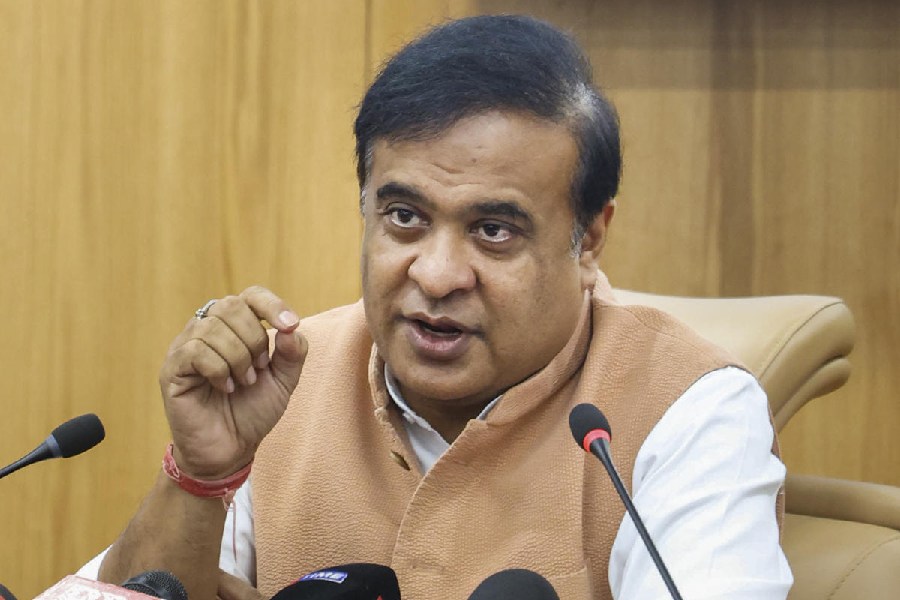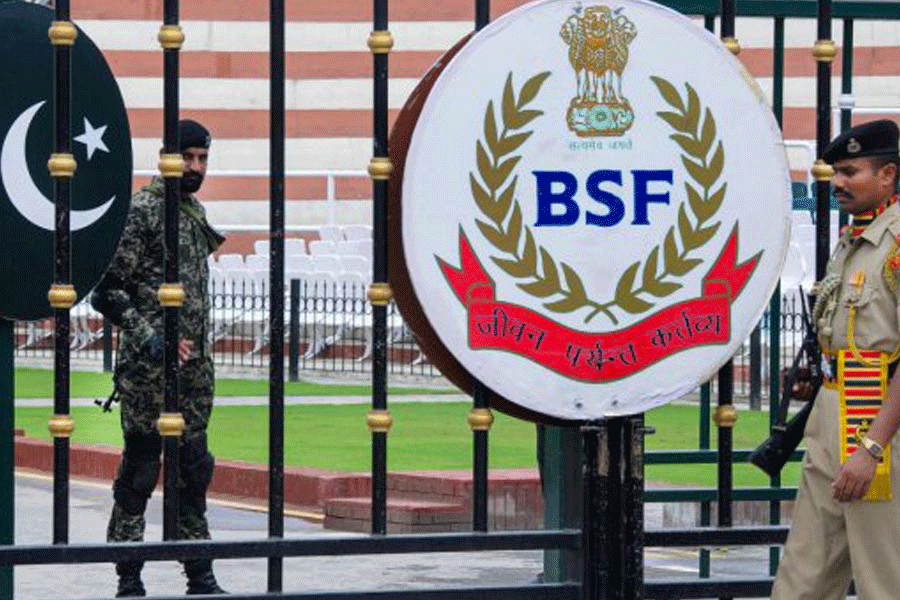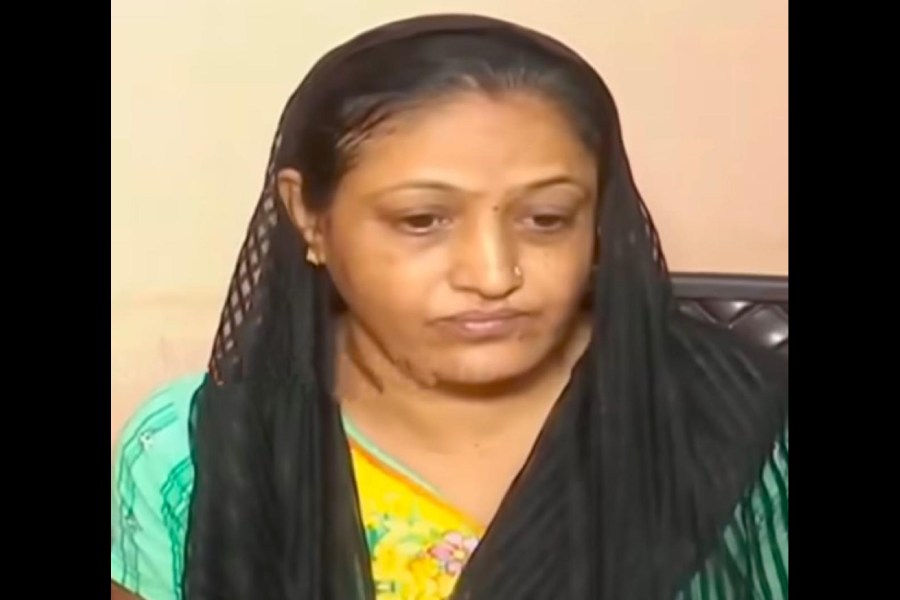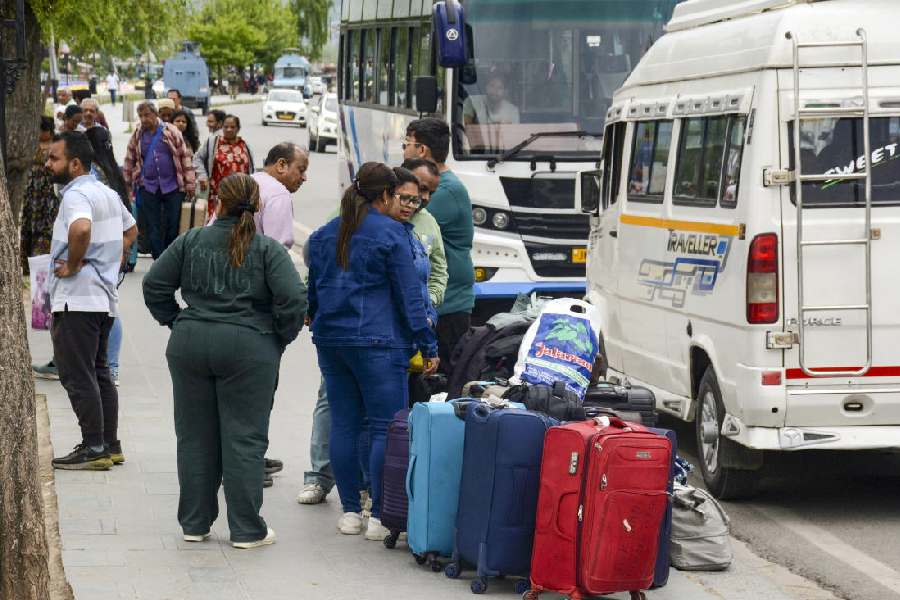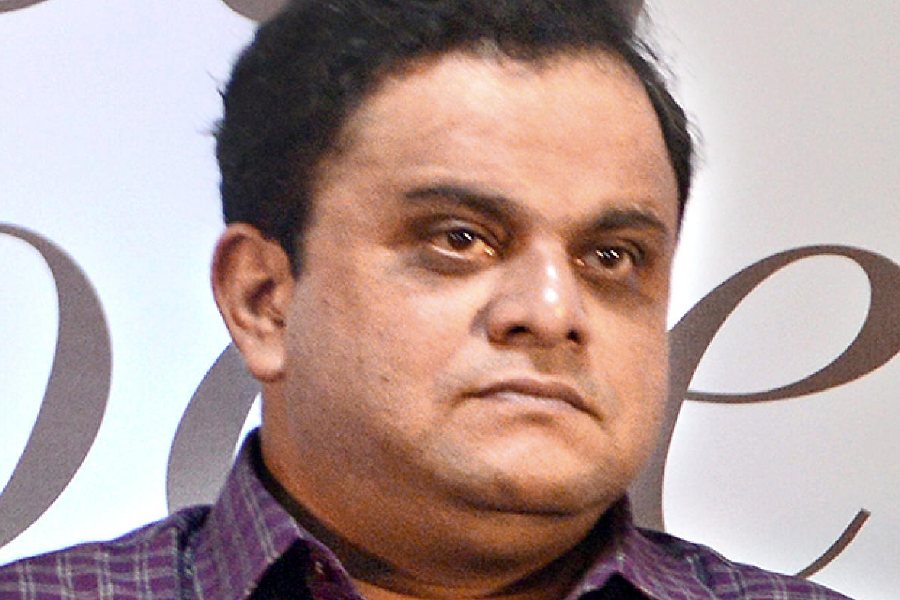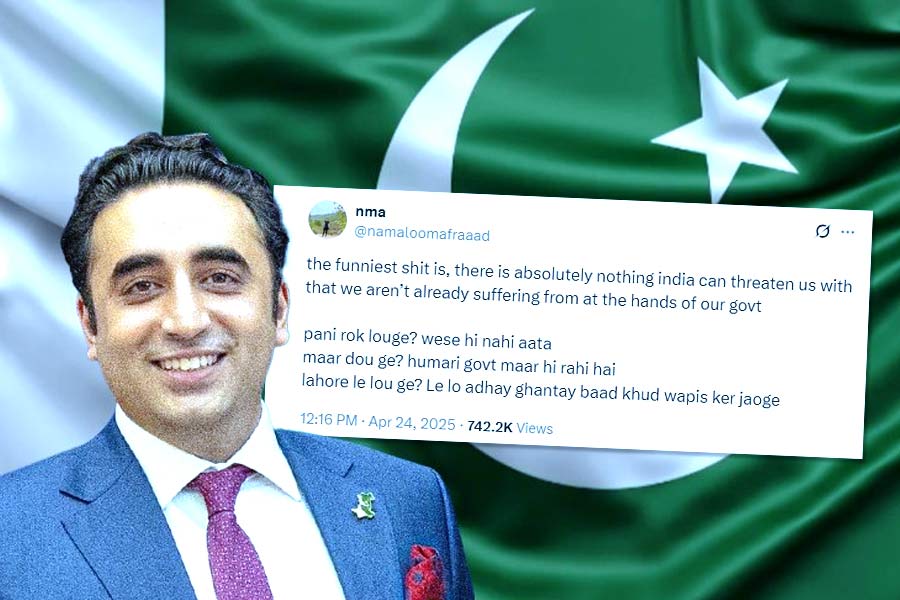 |
| VP Singh: Raja of Manda |
New Delhi, Nov. 27: Former Prime Minister Vishwanath Pratap Singh, a pivotal figure in the post-Emergency era of Indian politics, passed away at a city hospital this afternoon. He was 77.
The Centre has announced a week’s state mourning.
Singh was sworn in India’s tenth Prime Minister on December 2, 1989, and lasted a mere eleven months in office. Yet, his role in demolishing the Rajiv Gandhi-led Congress and his controversial decision to implement the Mandal Commission recommendations on job reservations for the Other Backward Classes (OBCs), decisively changed the contours of Indian politics and reserved for him a unique place in history.
Born to a feudal family in eastern Uttar Pradesh, the “Raja of Manda” joined the Congress party as a young man and rose quickly in its ranks. Indira Gandhi hand-picked him for the post of Uttar Pradesh chief minister in 1980. Singh came to be regarded as a tough administrator when he cracked down on dacoit gangs in the state and his squeaky clean image and reputation for personal integrity remained untarnished by this spell in high office.
That may have been a reason for the young Rajiv Gandhi — feted as “Mr Clean” back in 1984 when he won a massive mandate in the aftermath of Indira’s assassination — to appoint Singh his finance minister.
It was under Singh that the first moves to dismantle the “license raj” began but his crusades against tax evaders (including high-profile raids on Dhirubhai Ambani and Amitabh Bachchan) made his “integrity” a bit of a liability for the Rajiv government and he was shifted out of finance to the defence ministry.
But the change of portfolio made things worse. Singh decided to launch an inquiry into the HDW submarine-deal kickback controversy and resigned in early 1987 when the government stalled his investigations.
In March that year, the Bofors payoffs scandal broke and V.P. Singh soon became the rallying point for the long drawn out opposition battle against the Rajiv government on the Bofors issue. Singh first formed the Jana Morcha which became the nucleus of the Janata Dal launched in October 1988.
By the time Lok Sabha elections took place in the winter of 1989, Singh had become the reigning hero of both the rural masses and the middle classes – the “fakir” who was out to cleanse the system from an erstwhile Mr Clean who was seen as shielding the corrupt.
The slogans of the 1989 elections reflected almost a millennial zeal centred on the personality of Singh — “Raja nahin, fakir hain, desh ka taqdeer hain” (He is a saint, not a king; he is the nation’s destiny) being the most popular one.
Singh never had the organisational skills to match his mass appeal, and depended on other political parties to harvest the votes that his politics had sown. His Janata Dal joined hands with regional outfits such as DMK, TDP and AGP to form a loose federation called the National Front which, in turn, received “outside support” from the Left parties and the BJP to establish the first real coalition government at the Centre.
It was an unwieldy coalition riven by rivalries within the Janata Dal (neither Chandra Shekhar nor Devi Lal accepted Singh’s supremacy) and ideological incompatibility between the two supporting pillars of Left and BJP.
And yet, the V.P. Singh government was a watershed in Indian history. Two phenomena took place during its short tenure that transformed the country’s political discourse entirely.
The first was Singh’s decision to implement job quotas for OBCs — a move that led to violent protests by upper caste students but consolidated backward caste identity politics under the rubric of “social justice” for decades to come in north India. The second was L.K.Advani’s rathyatra from Somnath temple to Ayodhya to press for the “liberation” of the Ramjanmabhoomi temple where the Babri Masjid stood.
The decision to arrest Advani en route resulted in the BJP’s withdrawal of support to Singh’s government. For many, the decision only enhanced Singh’s stature — in addition to being a “messiah of the poor”, he also assumed the mantle of “secular hero.”
But his willingness to sacrifice his government on the “altar of secularism” did not find takers within his own party. Arch rival Chandra Shekhar split the Janata Dal and became Prime Minister with the Congress’s support.
Singh never returned to electoral politics after that, spurning the offer to be Prime Minister when the United Front formed the government in 1996. He preferred the role of a conscience keeper at large — taking up a variety of causes that remained largely peripheral to mainstream politics.
But despite failing health — cancer struck him in 1998 and he had to undergo thrice-weekly dialysis for over a decade — Singh never became a has-been.
Even those who hated him in 1990 for his “Machiavellian ways” and “divisive politics” came to have a grudging respect for a man of uncommon integrity; a man who defied his own upbringing and instincts to overturn age-old power equations in politics — facilitating the rise of the Laloos, Mulayams and even the Mayawatis.
Once Rajiv’s bitterest foe, he even affected a rapprochement with Sonia Gandhi in recent years, backing her for the post of prime minister in 2004.At a personal level, Singh remained a loner who liked to dabble in both poetry and painting. But whether he liked it or not, it was politics – in all its noble and ugly facets – that remained to the end his true calling.


